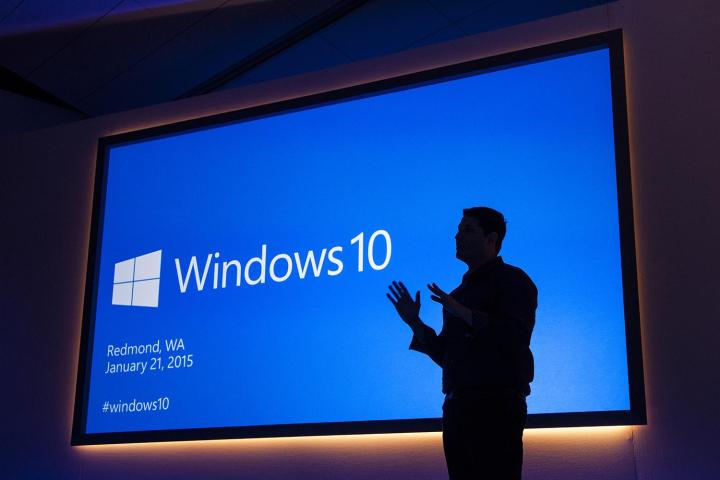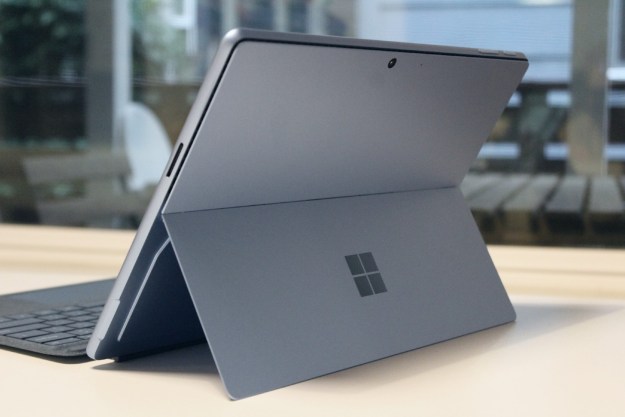
These prices are identical to Windows 8 when it was first released, but a bit higher than current prices. Right now, Windows 8.1 Home 64-bit is $100 on Newegg, and 8.1 Pro 64-bit is $140.
Since both copies of Windows 8.1 include a free upgrade to Windows 10, it may make sense to purchase a copy of Windows 8.1 now if you’re running an old operating system not eligible for a free Windows 10 upgrade, or plan to build a new desktop from scratch.
Original article: While Microsoft might have lit a fire under some consumers, kindling interest in Windows 10 this morning with its reservation system tray icon and the announcement that it’s releasing on July 29, Newegg may have leaked something else entirely. While unconfirmed, if true, Newegg’s pricing information suggests that it may well be worth buying a Windows 7 or 8 license and getting the free upgrade, rather than waiting for a full Windows 10 key.
The pricing information comes from a pair of listings that appeared on the Newegg website over the weekend for the Windows 10 Professional OEM and the Windows 10 Home OEM versions. They are still up at the time of writing and are priced at $150 and $110 respectively. This makes them significantly cheaper than the list prices of both Windows 8 and 7, though both can be found at official sources for heavily discounted prices at the moment.
Related: Upgrade options for Windows 10 begin appearing for Windows 7 and 8.1 users
It is also interesting to note that the release date for both new versions of Windows is listed as August 31, which puts their debut almost a month behind that of the upgrade option which Microsoft recently outed as July 29. This could be because Newegg was merely working with a placeholder date when the pages were created, or it could be that those utilizing upgrades via Windows update or ISO download will get priority over those that buy new.
The big questions surrounding the launch of the new OS now are mostly related to how Microsoft plans to treat potential customers who are still languishing on Windows XP and Vista. While it has announced that Windows 7 and 8 users will get the free upgrade, it hasn’t made any such suggestion for those running older systems. While the slightly lower OEM price point versus previous OS generations may be a way to encourage older users to take up the new version, it may be that Microsoft simply leaves those unwilling to move on from decade+ old software in the cold.
What do you think Microsoft will do with XP and Vista users?
Editors' Recommendations
- Microsoft announces a new threat to push people to Windows 11
- Windows 11 vs. Windows 10: finally time to upgrade?
- Windows 11 24H2 or Windows 12? Here’s what’s coming soon
- Microsoft’s next event could reveal the Surface Pro we’ve been waiting for
- The Windows 11 Android app dream is dead




